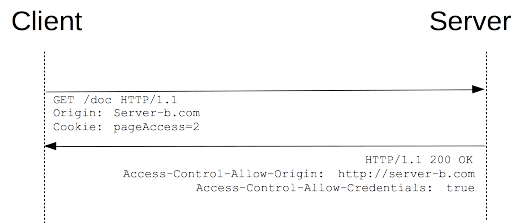I'm inserting records into a MySQL table and try to understand the differences in time it takes between a MyISAM table and a InnoDB table.
This is the code to create the table:
CREATE TABLE SpectrumData (
ID INT(11) NULL DEFAULT NULL,
`Set` INT(11) NULL DEFAULT NULL,
Wavelength DOUBLE NULL DEFAULT NULL,
Intensity DOUBLE NULL DEFAULT NULL,
Error INT(11) NULL DEFAULT NULL,
`Status` INT(11) NULL DEFAULT NULL
)
COLLATE='utf8_general_ci'
ENGINE=xxx
ROW_FORMAT=DEFAULT
I insert 10000 records, measure the time it takes in seconds and repeat this 100 times. I put the results in two Excel charts:


So MyISAM increasing and InnoDB more or less constant.
Can anyone explain the differences? Something to do with the number of records in the table? And why these outliers with InnoDB?
Configuration used computer:
- Windows XP SP3
- Intel Core2 Duo
- 3.00 Ghz
- 2 GB RAM
- MySQL 5.5 CE
UPDATE: I should have mentioned I insert the records with a VBA script in a Access front-end application. I connect to the MySQL database by a ODBC System DSN.
The VBA code:
Dim RsSpectrumData As DAO.Recordset
Dim Db As Database
Dim i As Integer
Dim j As Integer
Dim TimerStart
Set Db = CurrentDb
Set RsSpectrumData = Db.OpenRecordset("SpectrumData")
For i = 1 To 100
TimerStart = Timer
For j = 1 To 10000
With RsSpectrumData
.AddNew
!Set = 1
!Wavelength = 100
!Intensity = 25000
!Error = 0
!Status = 0
.Update
End With
Next
Print #1, Timer - TimerStart
Next
RsSpectrumData.Close
UPDATE AGAIN:
I added DAO transaction functionality and now the average InnoDB insert time for 10,000 records decreased from 215 seconds to an average of 1.3 seconds! (Thanks to @MarkR):
Dim RsSpectrumData As DAO.Recordset
Dim Db As Database
Dim Ws As DAO.Workspace
Dim i As Integer
Dim j As Integer
Dim TimerStart
Open "C:\TEMP\logtest.txt" For Append As #1
Set Db = CurrentDb
Set Ws = DBEngine.Workspaces(0)
Set RsSpectrumData = Db.OpenRecordset("SpectrumData")
For i = 1 To 20
TimerStart = Timer
Ws.BeginTrans
For j = 1 To 10000
With RsSpectrumData
.AddNew
!Set = 1
!Wavelength = 100
!Intensity = 25000
!Error = 0
!Status = 0
.Update
End With
Next
Ws.CommitTrans
Print #1, Timer - TimerStart
Next
RsSpectrumData.Close
Close #1



